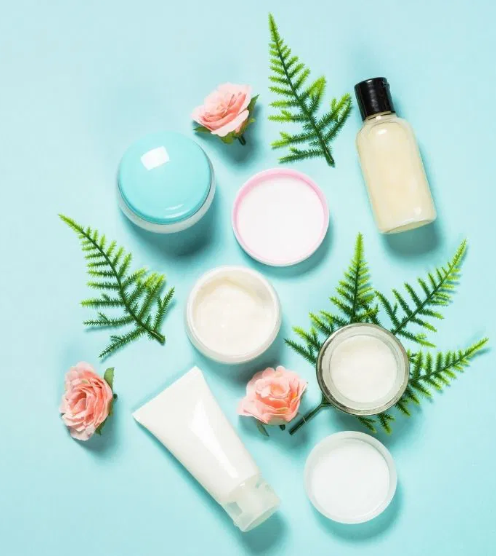As we move into 2023, significant changes are coming to the way cosmetics are regulated in the United States. These new regulations are set to impact the entire cosmetics industry, including those that manufacture and distribute herbal-based beauty products.
In late 2022, President Biden signed the Consolidated Appropriations Act of 2023 into law, a large spending package that includes provisions for updating the regulation of cosmetics through the Food and Drug Omnibus Reform Act of 2022 (FDORA). One of the key components of this reform is the Modernization of Cosmetics Regulation Act of 2022 (MoCRA), which introduces substantial changes to how the FDA will oversee cosmetic products.
A New Era of Cosmetic Oversight
MoCRA establishes a much more comprehensive regulatory framework for cosmetics, which includes new requirements for facility registration, ingredient safety substantiation, manufacturing practices, and more. This expansion of FDA authority over cosmetics is expected to bring the industry closer in line with other FDA-regulated products such as dietary supplements and food.
Here are the primary changes under MoCRA:
1. Facility Registration
Under the new law, all cosmetic manufacturers and processors in the U.S. will need to register their facilities with the FDA by December 29, 2023. New facilities must also register within 60 days of beginning operations. This marks a significant shift from the previous voluntary registration system for cosmetic establishments, which has been in place for other sectors like food and dietary supplements for years.
2. Product Listing
Each cosmetic product must now be listed with the FDA, including detailed information about the product’s ingredients and manufacturing location. This requirement will take effect by December 29, 2023, for existing products, and within 120 days of a product entering interstate commerce for new products.
3. Safety Documentation
Cosmetic manufacturers will now be required to provide safety documentation for their products, ensuring that they are safe for consumer use. This includes proof that the product does not pose any risk under its prescribed or customary use conditions. Failure to meet these safety substantiation requirements could lead to FDA enforcement actions. Before MoCRA, such requirements were not mandatory for cosmetics.
4. Good Manufacturing Practices (GMPs)
MoCRA mandates the FDA to establish GMPs for cosmetics within the next few years, aimed at preventing adulteration and ensuring the public’s health. These regulations, which are already required for dietary supplements and drugs, will hold cosmetic manufacturers to a similar standard.
5. Adverse Event Reporting
Cosmetic companies will now need to include contact information on product labels for consumers to report any adverse reactions. The responsible party will then have to report serious adverse events to the FDA within 15 business days. Companies will also need to maintain records of these reports for up to six years, depending on the size of the business.
6. Product Labeling
Cosmetic labels will need to include information about potential fragrance allergens and clear identification for products intended for professional use only. These labeling rules aim to ensure consumers have access to transparent and accurate information about the products they use.
7. Mandatory Recall Authority
One of the most significant changes is that the FDA will now have the authority to force a recall of cosmetic products that are found to be unsafe or misleading. Previously, the FDA could only recommend recalls, but now it can mandate them if a product poses a serious health risk.
Impact on Herbal Cosmetics
For smaller companies, especially those in the herbal cosmetics sector, these new regulations may be challenging. The requirement for safety substantiation could be especially burdensome for companies that lack the resources for extensive product testing and research. Proving that a product or ingredient is “safe” under all conditions of use could be difficult and costly, especially for herbal ingredients that may not have the same level of research backing as synthetic ingredients.
The FDA’s lack of clear guidance on safety requirements until the end of 2023 further complicates the situation, leaving companies uncertain about how to comply in the interim.
Preparing for the Future
As these regulations take effect, companies that already have solid operational procedures in place for product safety and quality control will be in a good position to comply. However, for many herbal product manufacturers, especially smaller businesses, these changes could be a significant hurdle.
The American Herbal Products Association (AHPA) is closely monitoring the implementation of these new rules and assessing their potential impact on herbal cosmetics. The association is working on resources to assist companies in navigating these changes and ensuring they continue to provide safe, high-quality products to consumers.
The road ahead may be challenging, but with the right preparation, companies can adapt to the evolving regulatory landscape. The goal is to maintain consumer access to a diverse range of safe herbal products, including cosmetics, while ensuring that these products meet modern safety standards.
By understanding and preparing for these changes, companies can continue to thrive and ensure the continued availability of herbal products in the cosmetic market.

Leave a Comment